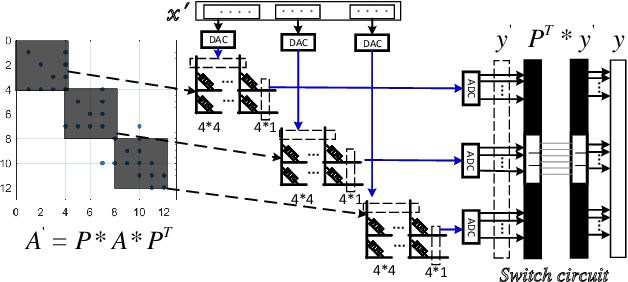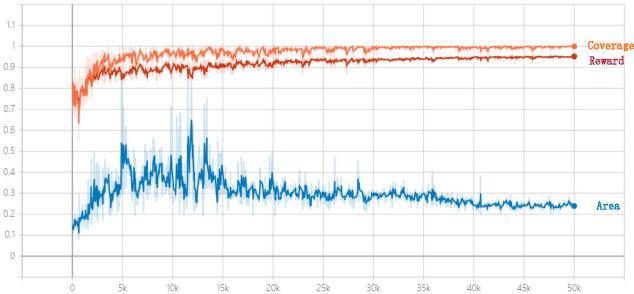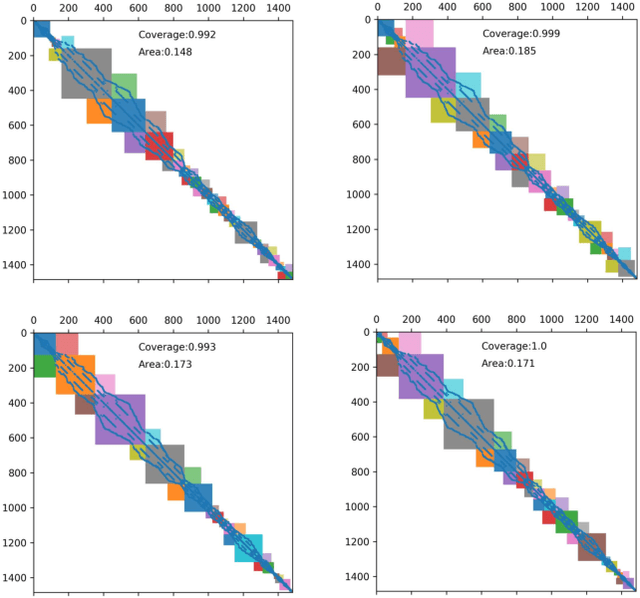AutoGMap: Learning to Map Large-scale Sparse Graphs on Memristive Crossbars
Paper and Code
Nov 15, 2021



The sparse representation of graphs has shown its great potential for accelerating the computation of the graph applications (e.g. Social Networks, Knowledge Graphs) on traditional computing architectures (CPU, GPU, or TPU). But the exploration of the large-scale sparse graph computing on processing-in-memory (PIM) platforms (typically with memristive crossbars) is still in its infancy. As we look to implement the computation or storage of large-scale or batch graphs on memristive crossbars, a natural assumption would be that we need a large-scale crossbar, but with low utilization. Some recent works have questioned this assumption to avoid the waste of the storage and computational resource by "block partition", which is fixed-size, progressively scheduled, or coarse-grained, thus is not effectively sparsity-aware in our view. This work proposes the dynamic sparsity-aware mapping scheme generating method that models the problem as a sequential decision-making problem which is solved by reinforcement learning (RL) algorithm (REINFORCE). Our generating model (LSTM, combined with our dynamic-fill mechanism) generates remarkable mapping performance on a small-scale typical graph/matrix data (43% area of the original matrix with fully mapping), and two large-scale matrix data (22.5% area on qh882, and 17.1% area on qh1484). Moreover, our coding framework of the scheme is intuitive and has promising adaptability with the deployment or compilation system.
 Add to Chrome
Add to Chrome Add to Firefox
Add to Firefox Add to Edge
Add to Edge